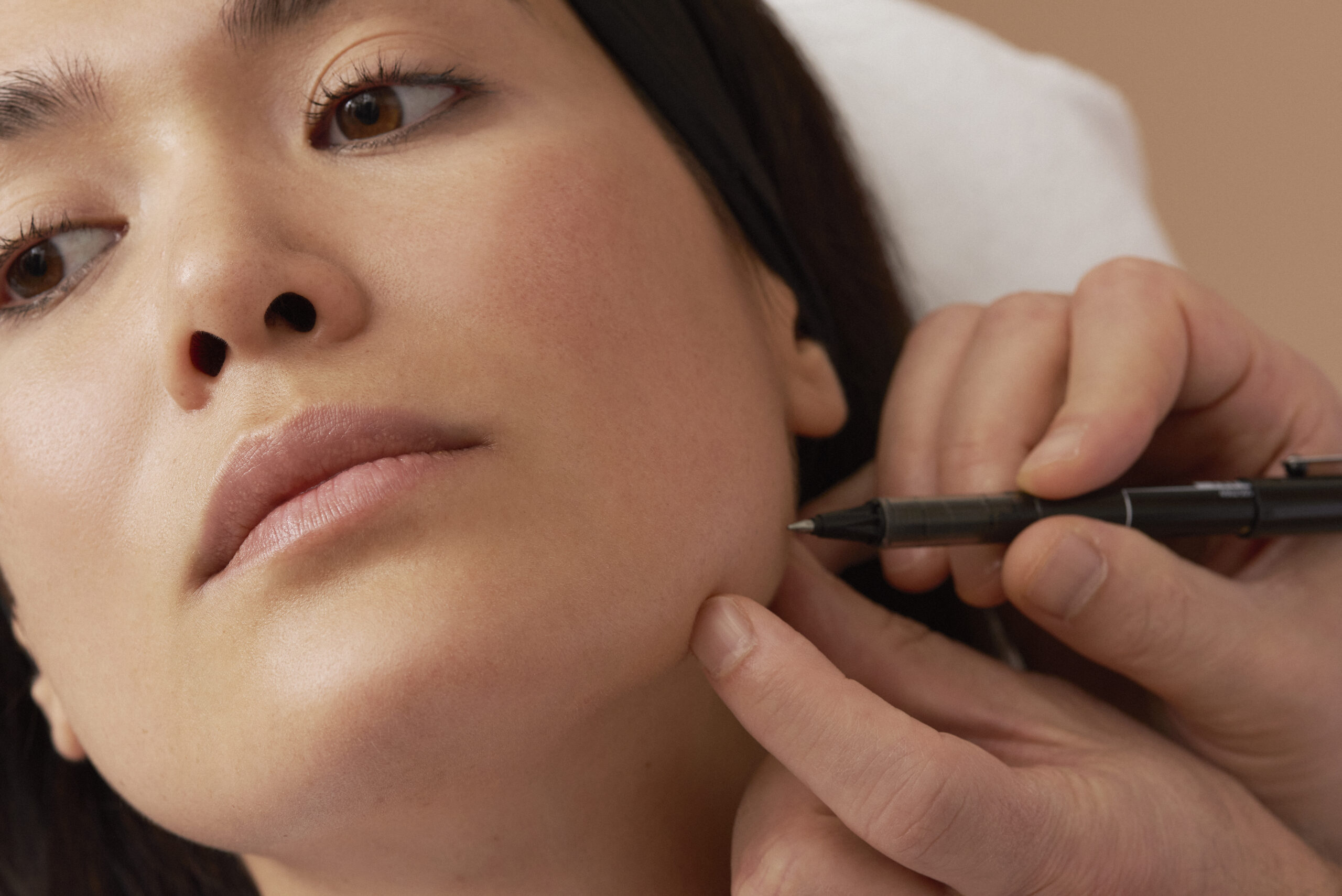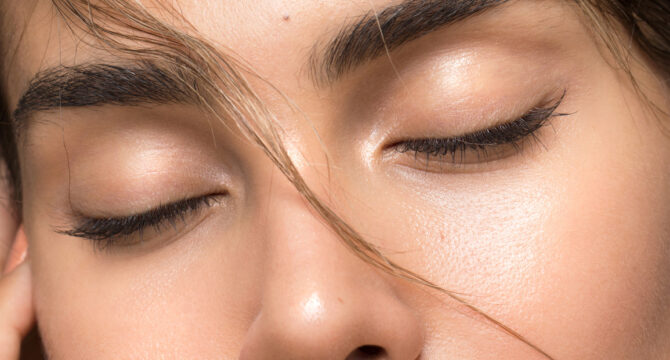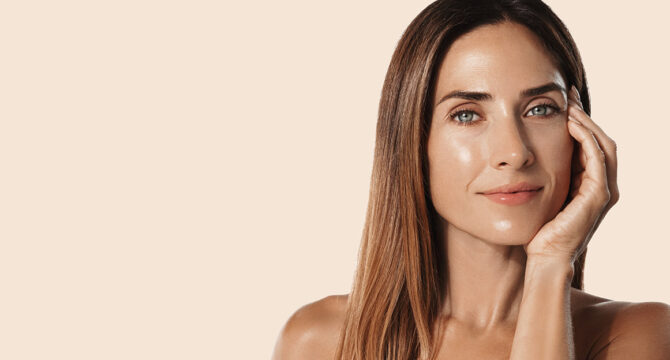
Facial lipofilling
Lipofilling following the practice of liposuction: surgeons came up with the idea of reinjecting the extracted fat into other areas of the body for filling. This technique of reinjecting autologous fat is also known as lipofilling.
Presentation
Initially, this method was not very effective, as the fat injected was rapidly absorbed. However, surgeons sought to improve the technique. In 1995, the reinjection of autologous fat became reliable with lipostructure (s. Coleman).
The principle is to extract fat cells from the patient and reinject them. This technique can be used for natural, post-traumatic or iatrogenic hollows.
This procedure can be performed either as part of aesthetic surgery or reconstructive surgery. The objectives and indications of this type of operation can be summarised as follows:
Lipofilling aesthetic indications
- Filling in and reducing certain wrinkles, particularly on the face,
- Restoring “fullness” to a slimmed face or in the early steps of facial ageing.
- Restoring facial volumes and shapes: this may involve restoring a face that has become emaciated as a result of ageing.
- A complement associated with certain cervico-facial lifts to improve facial harmony,
- Secondarily, after a first facelift, to improve the shape of the middle third of the face without having to resort to a new facelift.
Procedure
Before the Lipofilling procedure
During the initial consultation, Dr Olivier CLAUDE will study the patient’s face.
In the case of facial rejuvenation, he will compare the face in its current state with the younger face on the basis of photographs.
A pre-operative check-up will be carried out as prescribed. The anaesthetist will be consulted at least 48 hours before the operation.
No medication containing aspirin should be taken in the 8 days prior to the operation.
Anaesthesia and hospitalisation
Lipostructure can be performed under local anaesthetic, “vigil” sedation (i.e., the local anaesthetic is accompanied by an intravenous injection of tranquillisers) or general anaesthetic.
Hospitalisation is on an outpatient basis, with admission and discharge on the same day. The patient may have to remain in the clinic overnight.
The operation
Dr Olivier CLAUDE uses his own methods for facial lipofilling. The main steps are as follows:
- The areas where the fat is to be removed are identified, as are the areas where it is to be reinjected.
- The fatty tissue is removed through a micro-incision, usually hidden in the natural folds, using a very fine suction cannula.
- The fat cells are then centrifuged to separate the intact cells to be grafted from those that are not.
- A 1 mm incision is made using micro-cannulas to reinject the fatty tissue. The micro-particles are injected in several directions to ensure that the graft is secured to the recipient tissue.
The duration of the procedure can vary from 30 minutes to 2 hours in the case of isolated lipostructure. The duration also depends on the number of areas to be treated and the quantity to be reinjected.

Results
Post-operative care
After the operation, the pain associated with facial lipofilling is generally not significant. Oedema (i.e., swelling of the tissues) may appear during the 48 hours following the operation. It generally takes 5 to 15 days after the operation for this to subside. Bruising may also appear during the first few hours. Resorption takes place 10 to 20 days after the operation.
Results of facial lipofilling
The results of face filling can be appreciated 3 to 6 months after the operation. Depressions are then filled in and volumes restored.
However, the patient must be informed that the result will evolve progressively with the tissues’ natural ageing.
Result imperfections
Generally speaking, facial filling produces results that are satisfactory for the patient. In some cases, localised imperfections may occur, usually due to incomplete grafting, but these do not necessarily lead to complications.
Possible complications
Facial lipofilling remains a surgical procedure, even if the reasons for it are aesthetic. Any surgical operation involves possible complications of which the patient must be informed. Complications may arise from the anaesthetic or the surgical procedure itself. To find out more, read the information sheet.
All in all, you should not overestimate the risks, but simply be aware that any surgical operation, however simple in appearance, always involves a small degree of uncertainty.
If you go to a qualified plastic surgeon, you can be sure that they have the training and skills needed to avoid these complications, or to treat them effectively should they arise.


